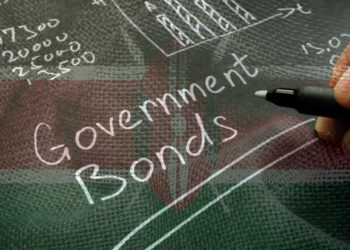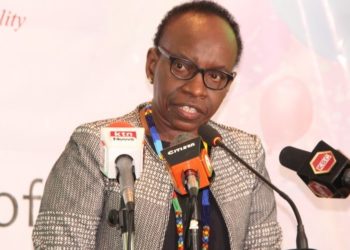When it comes to pensions, many people focus heavily on contributions, retirement dates, or potential payouts, but far fewer pay attention to the actual exit process. Yet, how you exit a pension scheme can make the difference between a smooth retirement transition and months, if not years, of financial limbo. This is especially true for public sector employees, where bureaucratic procedures and limited information can leave retirees stranded, confused, and without income at the most vulnerable stage of their lives.
Awareness of exit options is not just about knowing how much you’re entitled to, it’s about understanding the timelines, the paperwork, the tax implications, and the responsible institutions involved. Many employees assume that the system will automatically begin processing their pension the day they leave service, only to discover that delays in documentation, misfiled forms, or eligibility misunderstandings can halt everything. In some cases, beneficiaries have waited months or even years before receiving their first payout, living off savings or costly loans in the meantime.
This is particularly critical in state-managed schemes, where multiple departments are involved in the retirement process; human resources, the treasury, pensions directorates, and even third-party administrators. A breakdown in communication between any of these entities can create bottlenecks. For example, if your service record isn’t updated properly or your last working day isn’t formally declared, your exit may not even be acknowledged in the system. In such a setup, the onus unfortunately falls on the retiree to chase updates, resubmit forms, or repeatedly follow up.
Public sector pension schemes also tend to have fewer flexible withdrawal options than private schemes. While some allow lump sum payments and others staggered annuities, restrictions on early access, limited portability, or lack of digital self-service platforms can create confusion. Without proper guidance, many retirees don’t even know what choices they have, whether they can opt for phased withdrawals, transfer to another scheme, or convert to an income drawdown plan.
To avoid being stranded, public servants and other scheme members must be proactive. That means engaging with HR and pension officers at least a year before retirement, confirming records are accurate, seeking financial advice if possible, and understanding the full range of options for accessing funds. Pension literacy needs to become part of employment culture, not just something people discover too late. Informed exits lead to empowered retirements.


















